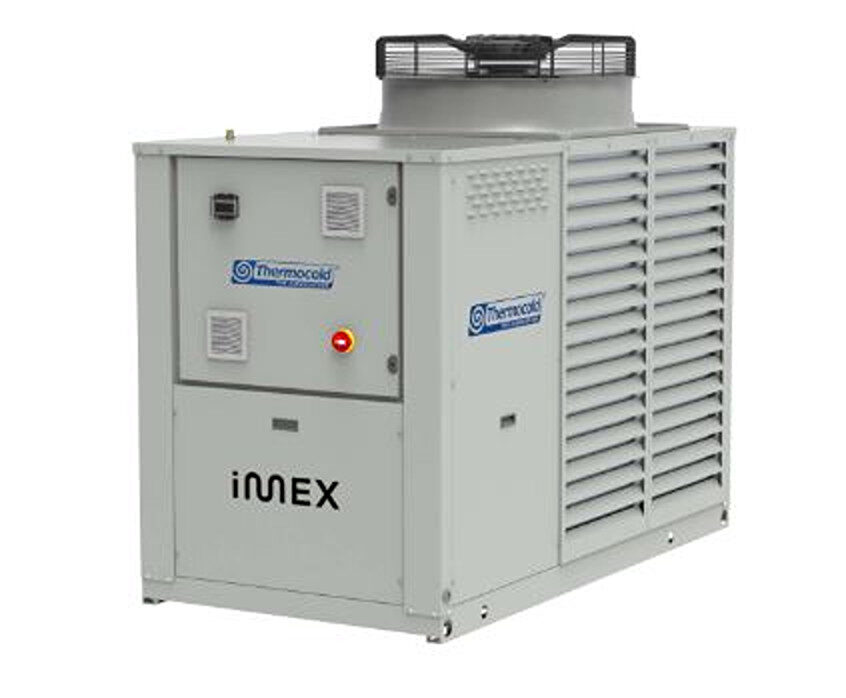Researchers led by King Saud University have assessed several deployment scenarios for CSP plants in two Saudi cities – Ryad and Tabuk. They have found that hybridizing CSP facilities with PV projects could offer the best cost-competitive configuration.
The scientists said that the two cities have different weather and irradiance conditions. The scientists see “solar multiple,” which is the ratio of solar field thermal capacity to power block capacity, as the crucial factor.
“The study presents a new way of thinking about the potential of CSP plants not only to provide baseload generation, but to act as more flexible generation assets taking a combination of direct solar heat and excess electricity from PV or wind plants that would otherwise be curtailed, and delivering baseload power for a 100% renewable future,” they explained.
pv magazine print edition
The researchers explained their findings in “Integrated CSP-PV hybrid solar power plant for two cities in Saudi Arabia,” which was recently published in Case Studies in Thermal Engineering. They presented the results of three different simulations conducted via the NREL System Advisor Model (SAM) model and covered three types of projects.
The scientists that all of their PV project configurations use AC power after the inverter as input.
“All simulations were performed using a typical meteorological year (TMY) time series for the meteorological variables including direct and global irradiance components, temperature, and wind speed,” they said. “The hybrid concept with a PV plant added to the CSP original baseload plant, the results show a reduction in LCOE of 18% for Riyadh and 7% for Tabuk keeping the plant capacity factor at a high 79%. The hybridization concept can extend the applicability of CSP technology to regions with less direct sunlight than would be economically feasible with CSP alone.”
Another recent study from Prince Mohammad Bin Fahd University showed that Saudi Arabia’s futuristic Neom City would use the sources of renewable energy that have the best chances of being dispatched.
“There will be no competition between the different renewable energy technologies and synergies will be the key,” researcher Alberto Boretti told pv magazine.
CSP, which Boretti defined as the only renewable energy source with the added value of dispatchability, will prevail over PV and wind, as it relies on internal molten salt energy storage, so it doesn't need external solutions for storage.
The Neom City project is part of Saudi Crown Prince Mohammed bin Salman's efforts to shift to a less oil-dependent economy.
pv magazine and Solarabic have developed a new event in the Saudi energy landscape – SunRise Arabia Clean Energy Conference 2024 – that combines their long-term market expertise. The event will take place in Riyadh on Jan. 31. One of the event's sessions will include a discussion about green hydrogen and large-scale electrolysis projects.
This content is protected by copyright and may not be reused. If you want to cooperate with us and would like to reuse some of our content, please contact: editors@pv-magazine.com.




5 comments
By submitting this form you agree to pv magazine using your data for the purposes of publishing your comment.
Your personal data will only be disclosed or otherwise transmitted to third parties for the purposes of spam filtering or if this is necessary for technical maintenance of the website. Any other transfer to third parties will not take place unless this is justified on the basis of applicable data protection regulations or if pv magazine is legally obliged to do so.
You may revoke this consent at any time with effect for the future, in which case your personal data will be deleted immediately. Otherwise, your data will be deleted if pv magazine has processed your request or the purpose of data storage is fulfilled.
Further information on data privacy can be found in our Data Protection Policy.